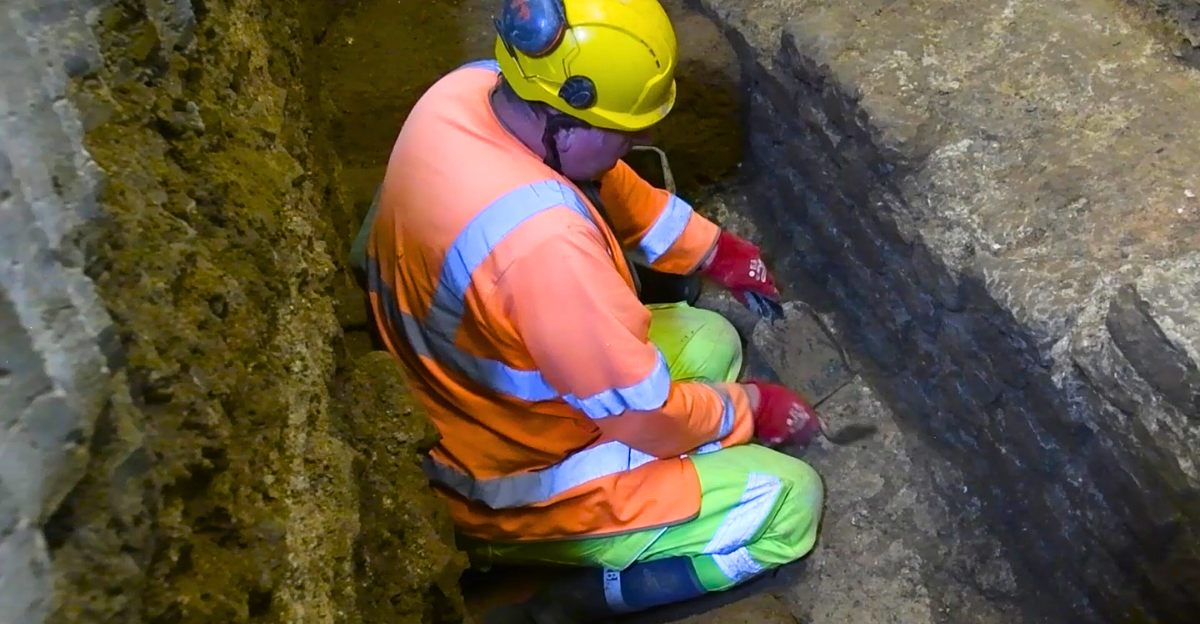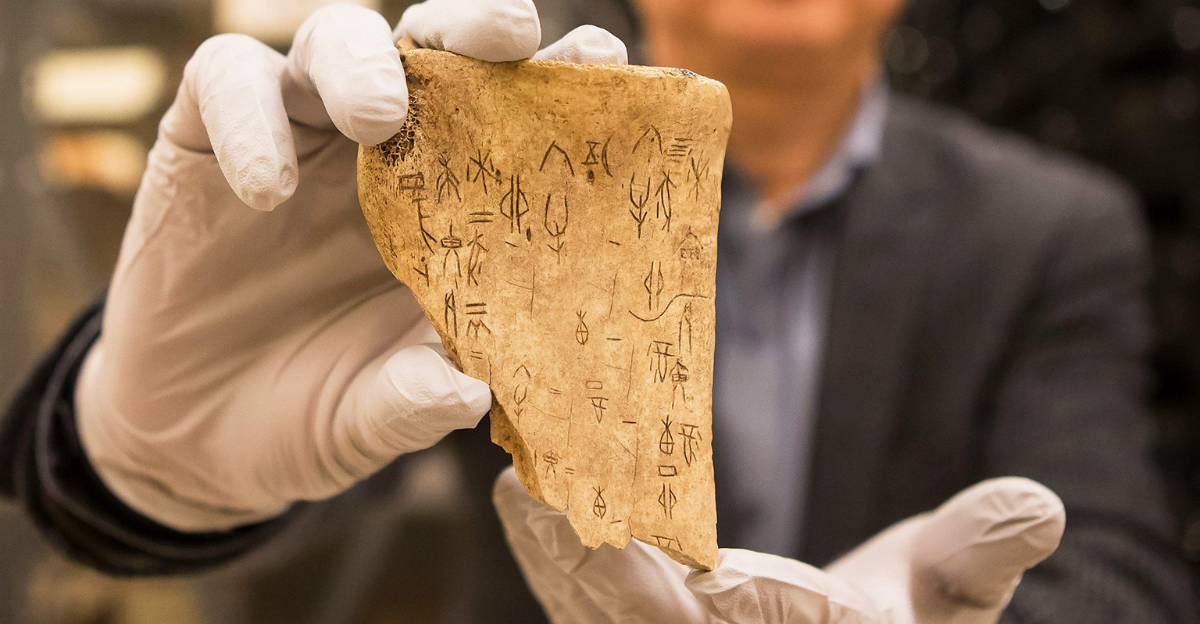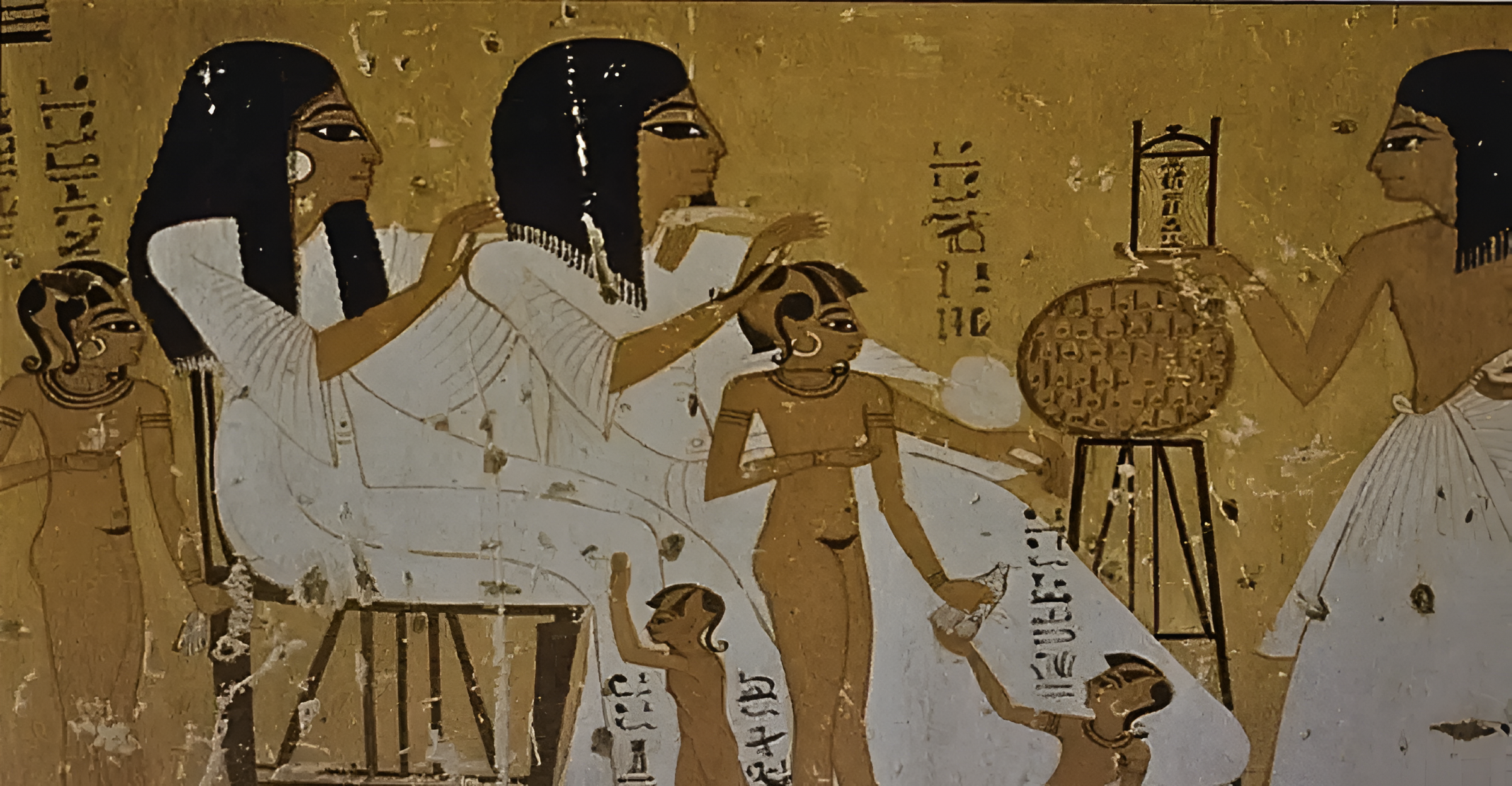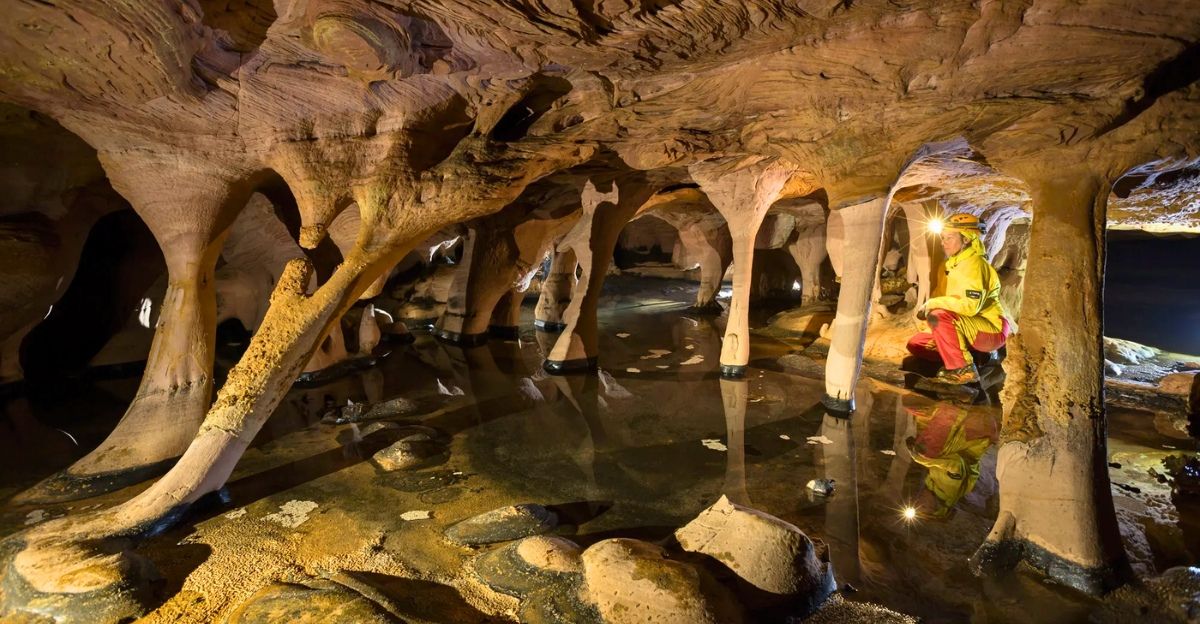
Ancient Egypt has never ceased to amaze with the wonders hidden beneath the sand that tell a story of time, and this time was no different. A team of Italian and Scottish researchers claims to have uncovered a sprawling prehistoric underground mega-complex beneath Egypt’s iconic Giza pyramids. Early findings describe multi-level structures linked by geometric passageways, spiraling wells, and even massive cube-shaped chambers, all hidden beneath the sands for over 4,500 years.
How accurate was this finding, and what does it mean for Egypt as we know it? Well, if these claims are verified, it will change how we understand pyramids, as they would have been more than just royal tombs, as we once thought.
Advanced Technology That Sheds Light on Ancient Secrets

Technology has come a long way, especially when it comes to archeological findings. This find, for one, wouldn’t have been possible without these advanced techniques. The discovery was made possible through advanced satellite-based Synthetic Aperture Radar (SAR) tomography and Doppler tomography, which allowed researchers to look deep beneath the Giza Plateau without disturbing the surface.
“Thanks to ultra-high azimuth resolution radar imaging achieved through specialized spotlight acquisitions with long Doppler integration, we have been able to extract precise acoustic information,” the Head of Communications for the CAFRA Project explained.
The Underground Complex

This discovery is so huge that it’s almost too good to be true, as it has been hidden beneath the sand for thousands of years. Preliminary reports suggest that the subterranean network could extend for nearly 6,500 feet, with vertical shafts plunging as deep as 2,000 feet. This structure would be far more complex than any other structure that has ever been found in the area.
This network lies beneath all three major pyramids—Khufu, Khafre, and Menkaure. It includes five identical multi-level structures, geometric passageways, and eight vertical cylindrical shafts, each spiraling down to depths of over 2,000 feet.
Architectural Sophistication Beyond Its Time

While Egypt’s architectural sophistication has been quite remarkable, this discovery would take that understanding to another level. This complex had multi-level structures, passageways, and chambers, requiring advanced knowledge of stoneworking and construction and a sense of structural stability and ventilation at unprecedented depths.
“This discovery marks a groundbreaking step in our understanding of ancient Egypt and its deep infrastructural relationship with the subterranean world,” the spokesperson noted. “It could lead to unprecedented revelations about the civilization that built the entire architectural complex, including the pyramids, which now appear to be just the tip of the iceberg of a colossal and hidden project.”
More Than Just Tombs
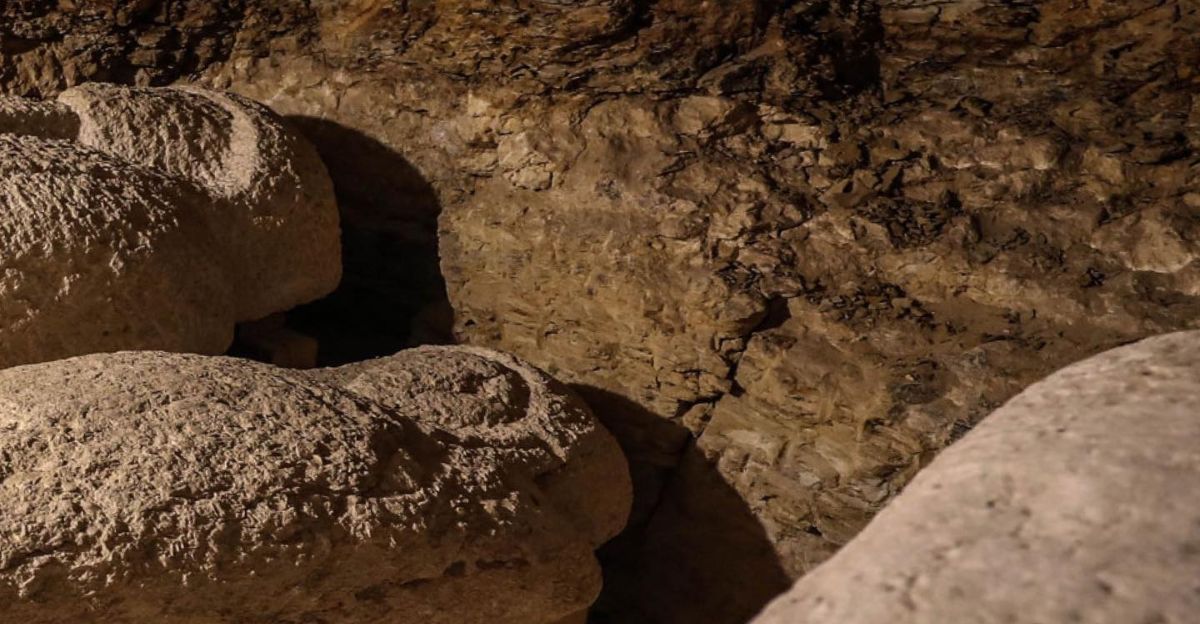
For as long as time can tell, the pyramids have been seen as sacred tombs of the royals to keep their legacy alive, but this find would completely change that narrative. The complexity and scale of the underground structures have reignited debates about their true purpose. Some researchers and alternative historians propose that these vast underground chambers could have functioned as ceremonial or initiation centers.
Others speculate about more unconventional possibilities, such as the complex acting as a massive energy hub or even a machine, echoing theories that the pyramids were designed to harness or manipulate natural forces. “The pyramids of the Giza Plateau present spatial indentations that tend to divide them in two with respect to the axes of central symmetry,” the researchers noted. “This suggests that the structures were designed to interact with natural forces, such as water and sound, in ways that we are only beginning to understand.”
Debate Over Technological Limits

The research team stands firm in their discovery, but critics argue that these measurements are impossible, especially at such extreme depths and beneath dense bedrock. Prominent Egyptian archaeologists argue that current geophysical techniques like radar and seismic analysis cannot reliably detect structures at depths exceeding tens of meters, let alone the 2,100 feet reported in the study.
The lack of peer-reviewed verification and the need for physical excavation to confirm these findings have further fueled controversy. Egyptian authorities have historically been reluctant to approve invasive investigations at Giza.
Ancient Energy Hubs

There have long been theories that the pyramids were more than just tombs; they actually had a purpose we are nowhere close to understanding. Pioneering thinkers like Nikola Tesla speculated that the pyramids could harness the Earth’s natural energy, a concept later expanded by engineer Christopher Dunn, who suggested in “The Giza Power Plant” that the Great Pyramid functioned as a colossal machine capable of converting seismic vibrations into usable energy.
Other hypotheses suggest the pyramids may have utilized the stone’s piezoelectric properties or even harnessed the power of water through sophisticated hydraulic systems.
Implications for the History of Civilization
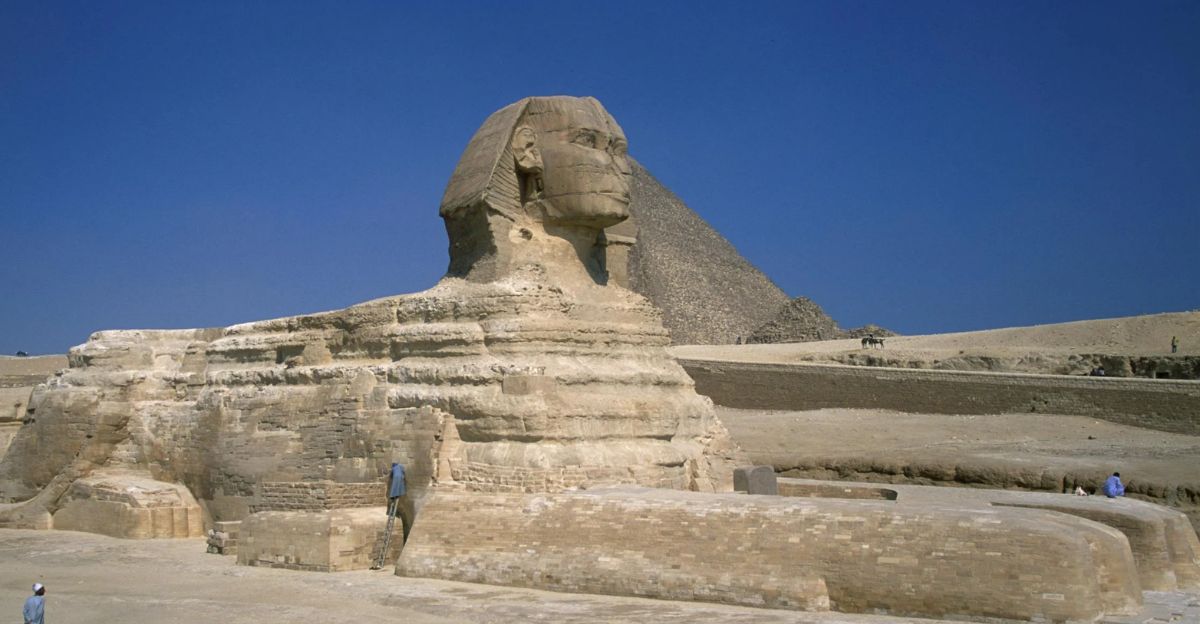
Once this discovery is confirmed, it will change what we thought we knew about ancient Egyptian civilizations. If the complex truly exists as described, it would suggest a level of architectural planning, engineering prowess, and labor organization previously unimagined for the Pyramid Age, possibly rivaling or even surpassing later civilizations’ achievements.
This would raise profound questions about the timeline of technological advancement in the ancient world: either the Egyptians of the Old Kingdom were far more advanced than currently believed, or an even older, now-lost civilization may have played a foundational role in shaping the Giza Plateau.
What The Future Holds

The debate rages on about whether or not this ancient complex truly exists, but until further investigation can be done, the world may never know. The absence of peer-reviewed confirmation and the reluctance of Egyptian authorities to permit invasive excavations have further fueled debate, with experts emphasizing that only direct exploration or targeted ground surveys can provide definitive answers.
Will the ancient world shock us with another mystery, or do we know everything we need to know about these ancient civilizations? Only time and research will tell.

